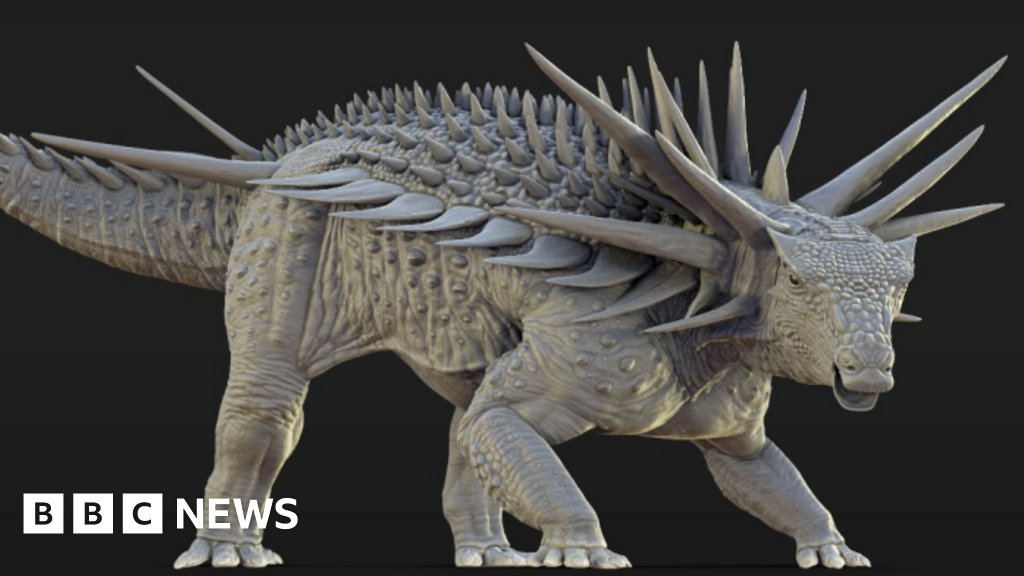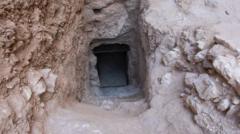The newly found prints, consisting of five distinct tracks, were discovered last summer in a quarry located about 60 miles northwest of London. According to scientists, the area that was once home to these massive creatures was markedly different than its current grasslands; it bore a closer resemblance to the humid lagoons and muddy swamps of today’s Florida Keys.
Since its excavation began back in 1997, this particular quarry site has been dubbed the “dinosaur highway” by paleontologists. Over 40 sets of dinosaur footprints have been identified along nearly 200 yards of preserved pathways. The inclusion of the recent tracks significantly expands this site, establishing it as one of the most critical locations for dinosaur discoveries worldwide, according to Emma Nicholls, a vertebrate paleontologist and collections manager at the Oxford University Museum of Natural History.
Nicholls emphasized the ongoing potential for further discoveries, stating, “These recent findings prove that there is still new evidence of these animals out there, waiting to be found.” Initially, quarry workers were uncertain of the significance of their find, as the first indication of a dinosaur footprint was merely a bump in the ground located while clearing clay. Mark Stanway, the quarry manager, recalled the moment with a sense of surprise at the implication of their discovery.
The implications of this finding extend beyond mere footprints; they inspire a renewed fascination and understanding of the prehistoric world, serving as a reminder of the diverse flora and fauna once thriving in what we now call Britain. As research continues, these ancient tracks not only provide a snapshot of the past but also nurture a greater appreciation for the ecological history of the planet.
Since its excavation began back in 1997, this particular quarry site has been dubbed the “dinosaur highway” by paleontologists. Over 40 sets of dinosaur footprints have been identified along nearly 200 yards of preserved pathways. The inclusion of the recent tracks significantly expands this site, establishing it as one of the most critical locations for dinosaur discoveries worldwide, according to Emma Nicholls, a vertebrate paleontologist and collections manager at the Oxford University Museum of Natural History.
Nicholls emphasized the ongoing potential for further discoveries, stating, “These recent findings prove that there is still new evidence of these animals out there, waiting to be found.” Initially, quarry workers were uncertain of the significance of their find, as the first indication of a dinosaur footprint was merely a bump in the ground located while clearing clay. Mark Stanway, the quarry manager, recalled the moment with a sense of surprise at the implication of their discovery.
The implications of this finding extend beyond mere footprints; they inspire a renewed fascination and understanding of the prehistoric world, serving as a reminder of the diverse flora and fauna once thriving in what we now call Britain. As research continues, these ancient tracks not only provide a snapshot of the past but also nurture a greater appreciation for the ecological history of the planet.












